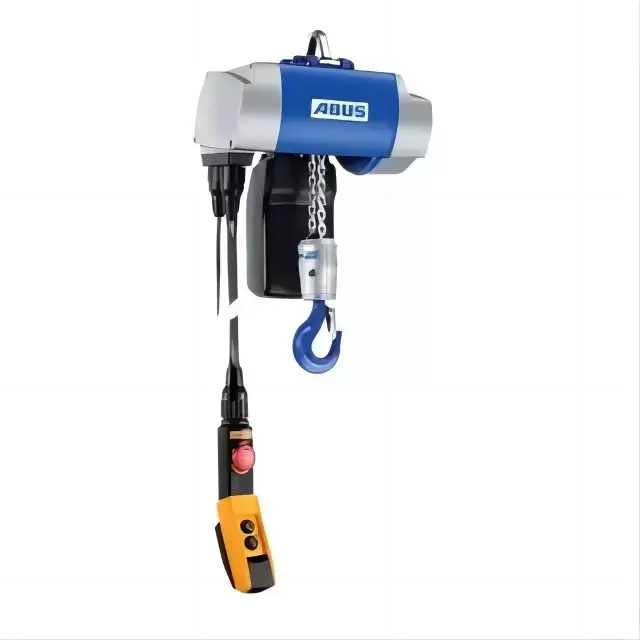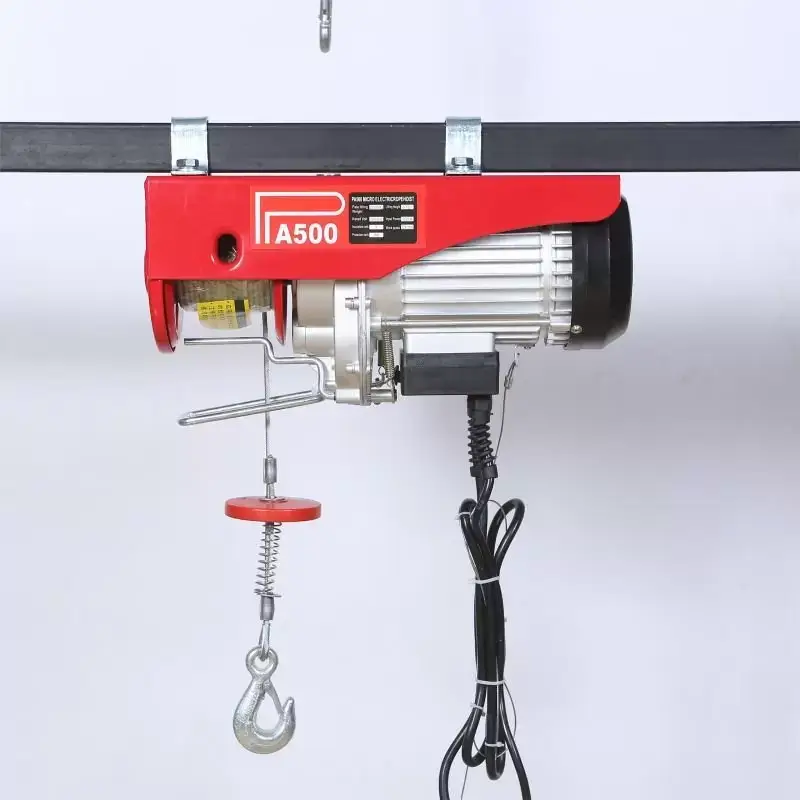1. What is a 1-ton crane hoist?
A 1-ton crane hoist is a lifting device capable of lifting loads up to 1 ton (2,000 pounds). It can be electric, manual, pneumatic, or lever-operated and is used in various industrial, construction, and commercial applications.
2. Where are 1-ton crane hoists typically used?
These hoists are used in manufacturing plants, automotive industries, construction sites, warehouses, workshops, entertainment stages, and anywhere heavy lifting is required.
3. Can a 1-ton hoist be used in an outdoor environment?
Yes, 1-ton hoists can be used outdoors. However, specific models designed for outdoor use are recommended as they are built to withstand weather conditions and environmental factors.
4. What are the power requirements for an electric 1-ton hoist?
Electric 1-ton hoists typically operate on standard industrial power supplies, which can vary by country (e.g., 110-120V or 220-240V in residential areas, and 380-480V in industrial settings). Always check the manufacturer’s specifications for exact requirements.
5. Are there any safety features included in 1-ton hoists?
Yes, modern 1-ton hoists come equipped with several safety features such as overload protection, emergency stop buttons, limit switches, and brake systems to ensure safe operation.
6. How do I maintain a 1-ton crane hoist?
Regular maintenance includes lubricating moving parts, inspecting the chain or wire rope for wear and damage, checking the braking system, and ensuring all controls are functioning properly. It’s recommended to follow the maintenance schedule provided by the manufacturer.
7. Can I customize a 1-ton hoist to fit specific needs?
Many manufacturers offer customizable options for hoists, including variable speed controls, different suspension types, remote control systems, and specialized hooks.
8. What training is required to operate a 1-ton hoist?
Operators should be trained in proper handling and safety procedures, which include understanding the operational controls, learning about load capacity limits, and knowing emergency protocols. Training can be provided by employers, manufacturers, or through certified training programs.
9. What should I do if my hoist malfunctions?
Cease operation immediately to avoid any safety hazards and contact a professional technician for inspection and repair. Regularly scheduled inspections can help minimize the risk of malfunctions.
10. How do I choose the right hoist for my needs? – Consider the type of loads, the height of lift required, the environment in which the hoist will be used, power source availability, and any specific features you need. Consulting with a sales or technical expert from a reputable hoist manufacturer can also aid in making the right choice.
This FAQ can be adapted and expanded based on specific user environments and additional features of the 1-ton crane hoists offered by different manufacturers.



